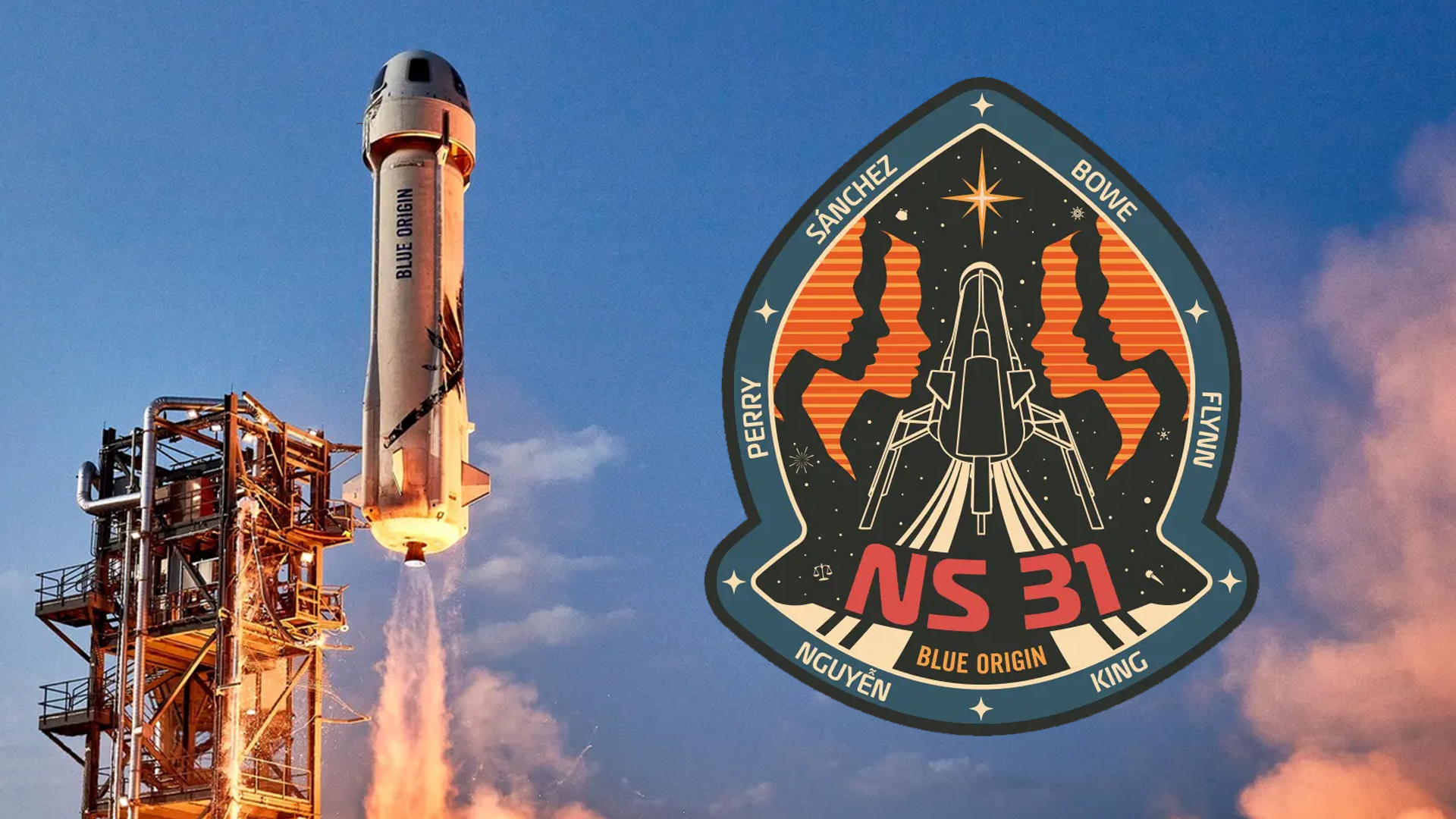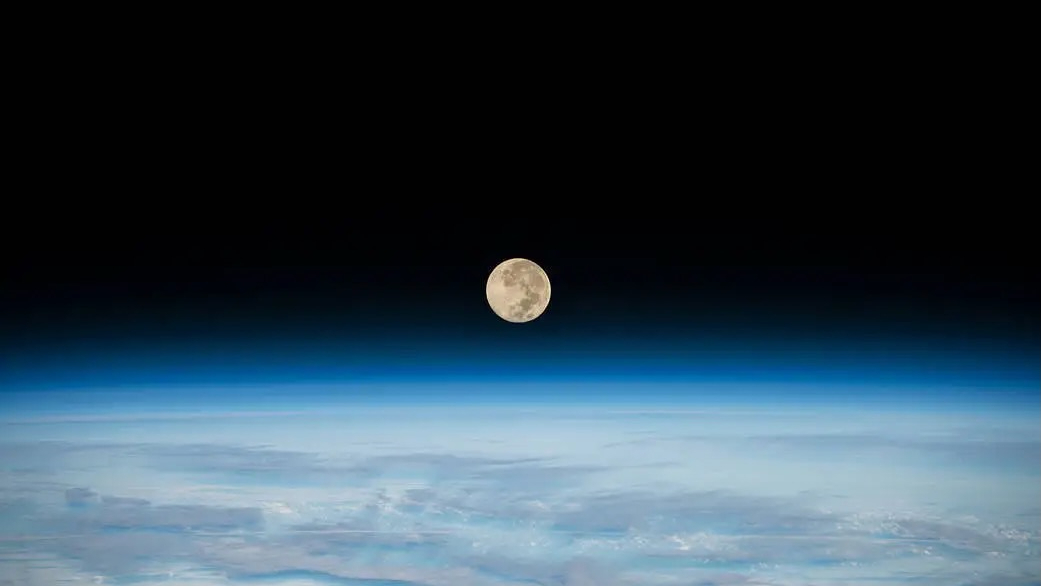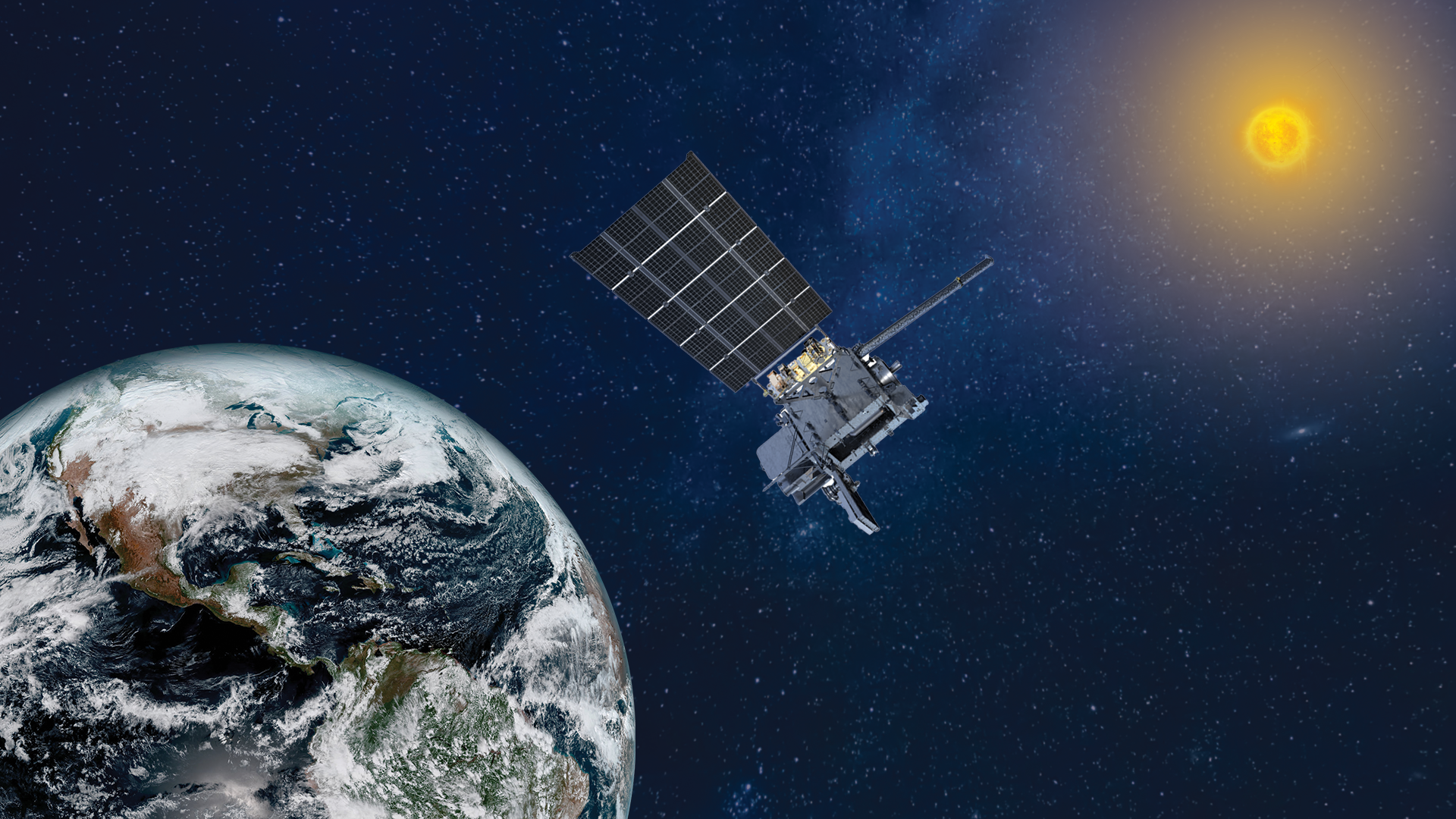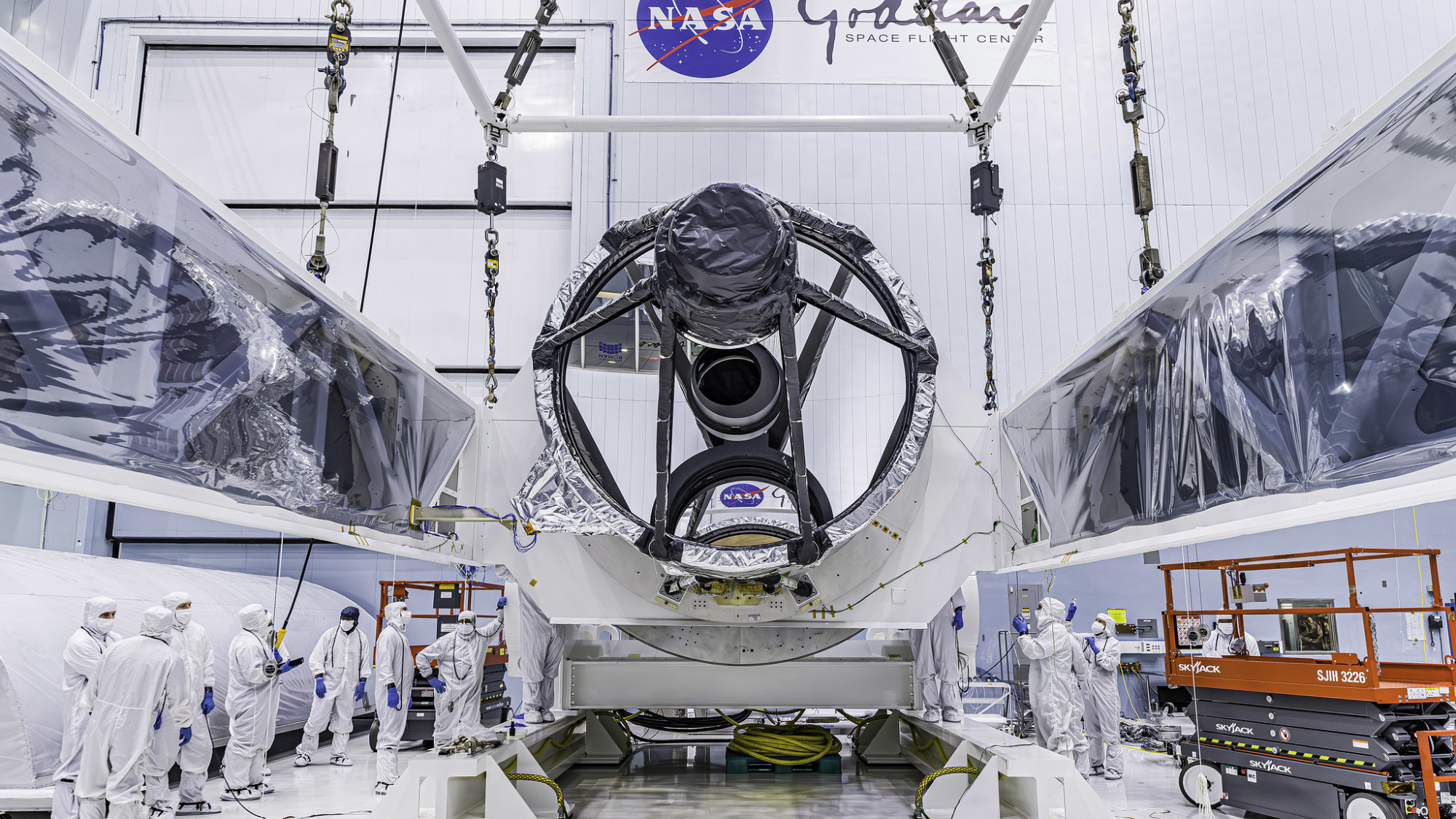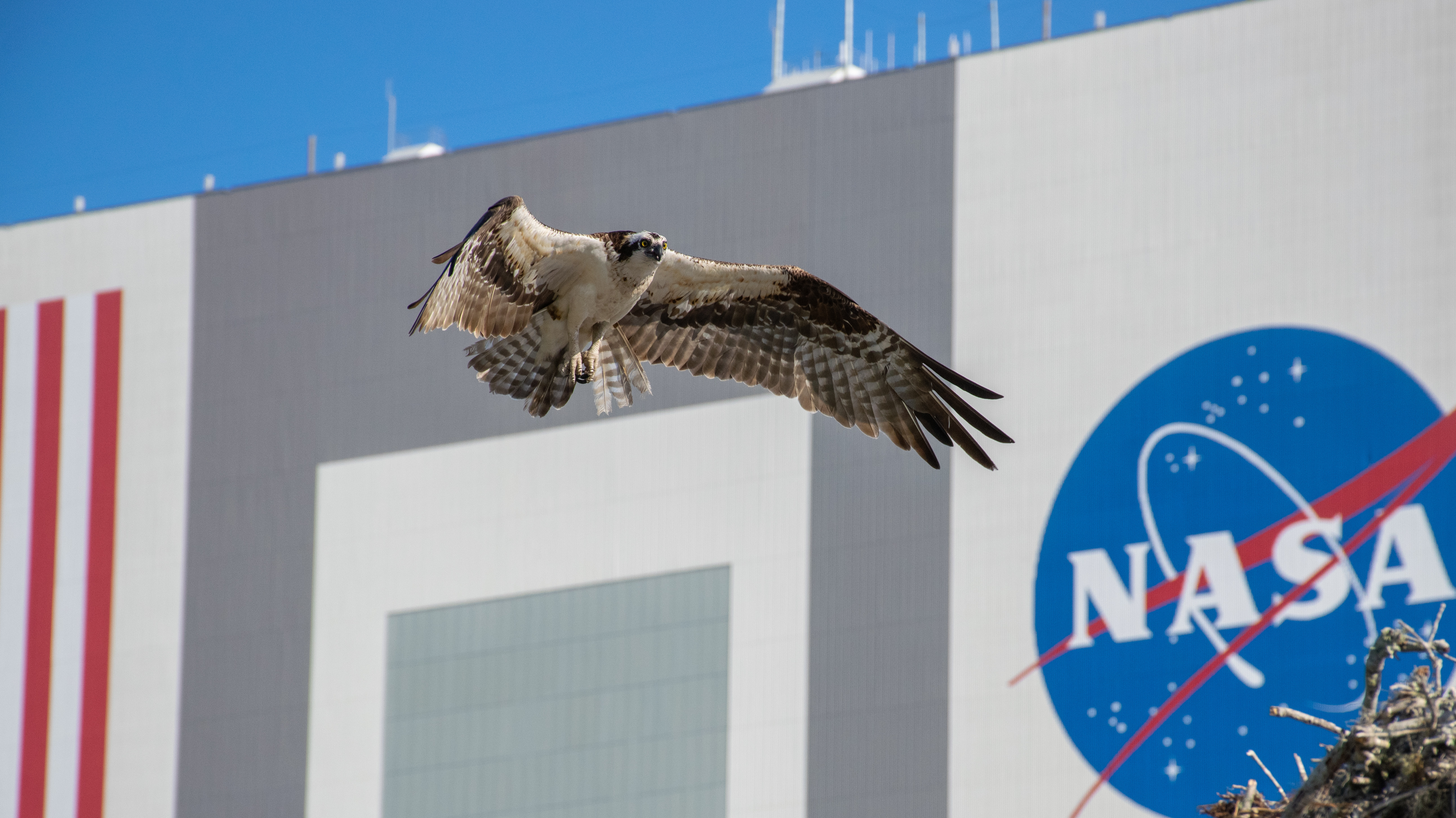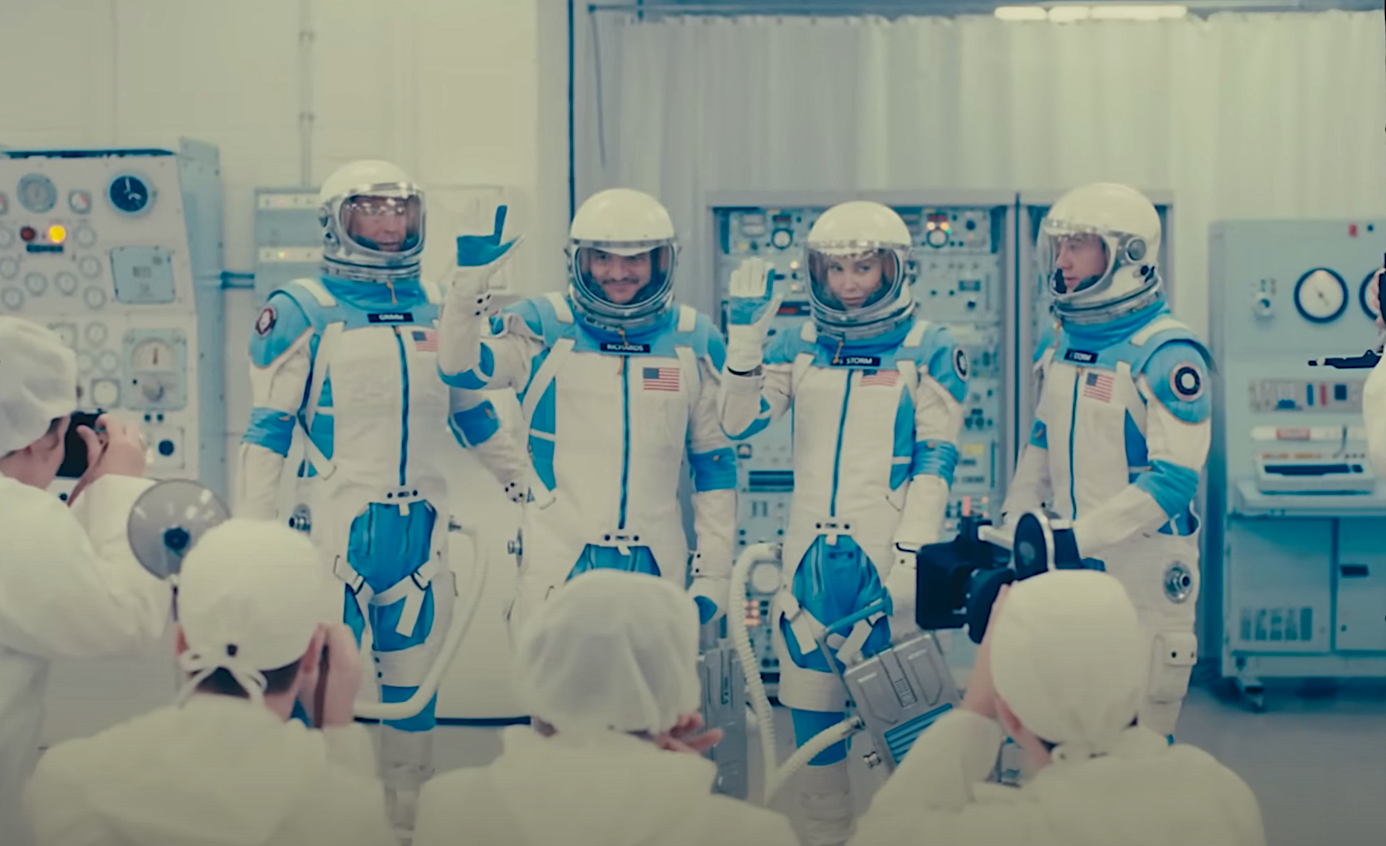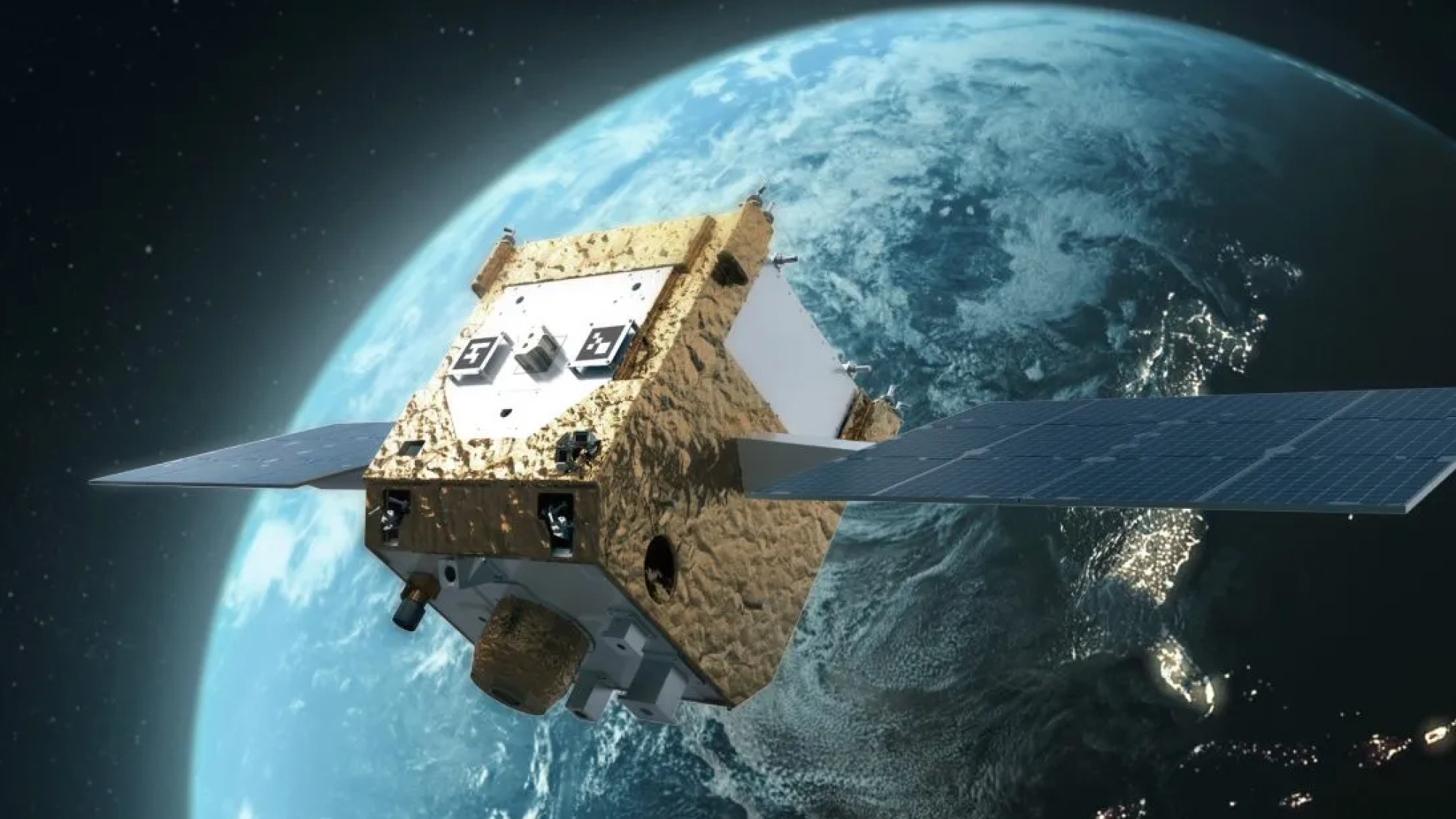Curiosity rover rolls past ‘Devil's Gate' on Mars: Space picture of the day
While ascending Mount Sharp, NASA's Mars rover Curiosity has had to swing around a small ridgeline dubbed "Devil’s Gate."
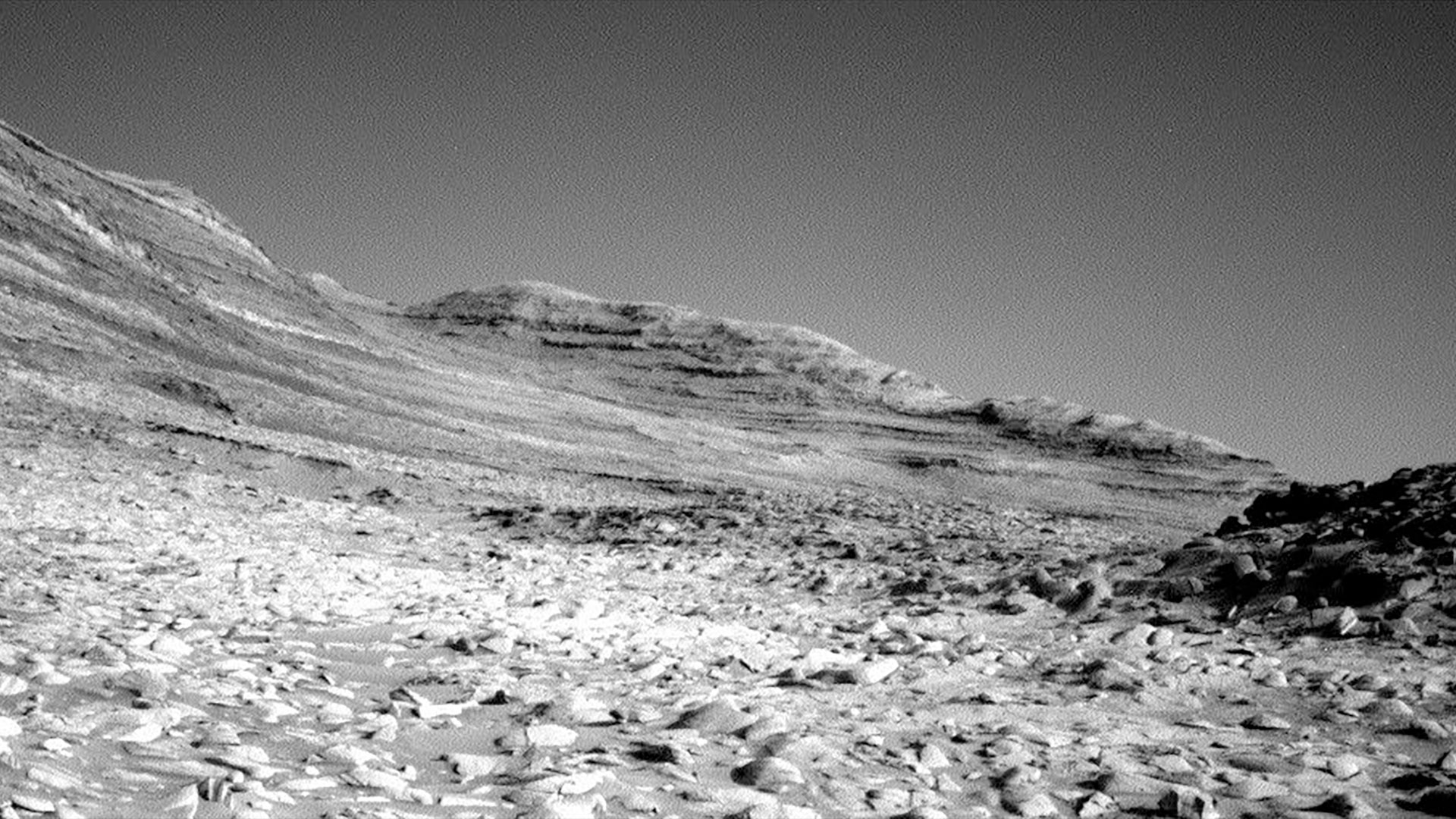
On its 4,500th sol (or Martian day), NASA's Mars rover Curiosity continued its climb of Mount Sharp (Aeolis Mons) at the center of Gale Crater. Before it can ascend higher, though, the six-wheeled rover needs to navigate a small ridgeline, which mission scientists have dubbed "Devil's Gate" (on the right side of this image).
Why is this amazing?
"The blocks scattered around the base of Devil’s Gate are ripe with interesting structures, which motivated the acquisition of an RMI [Remote Micro-Imager] mosaic across the ridge," wrote planetary geologist Michelle Minitti in a mission update. "Those blocks are also inconvenient for driving and parking the rover with all six wheels firmly on the ground."
"Our last drive ended with our front wheels not quite on solid ground," she said.
Why is this area of interest?
Despite being a navigation challenge, the rocks in front of the rover have complex textures and structures. Mission managers used Curiosity's science tools to analyze the chemical content of the rocks and captured a stereo mosaic image to provide a three-dimensional view of its structures.
"Devil’s Gate was not the only feature that the team was excited to image," wrote Minitti. "ChemCam added a second RMI mosaic along the base of 'Texoli' butte, which you can see the flank of on the left side of the image above. Mastcam [also] planned a mosaic across an expanse of bedrock that looks like rolling waves frozen in place at 'Maidenhair Falls.'"
What's next for Curiosity at Devil's Gate?
According to Minitti, the mission team plans to drive Curiosity further around the base of the ridgeline, before using the rover's cameras to look back on the path it has recently traveled.
"The sky gets a lot of attention in this plan with suites of observations taken at two different times — near midday and early morning — to assess variability across the day. Each window of time had Navcam dust-devil and cloud movies, and measurements of the amount of dust in the atmosphere," wrote Minitti. "The early morning block of observations also had multiple cloud movies cover the full sky."
Get the Space.com Newsletter
Breaking space news, the latest updates on rocket launches, skywatching events and more!
Where can I learn more?
You can read an overview of Curiosity's mission on Mars and the recent news of its discovery the largest organic molecules ever seen on the red planet.
Join our Space Forums to keep talking space on the latest missions, night sky and more! And if you have a news tip, correction or comment, let us know at: community@space.com.
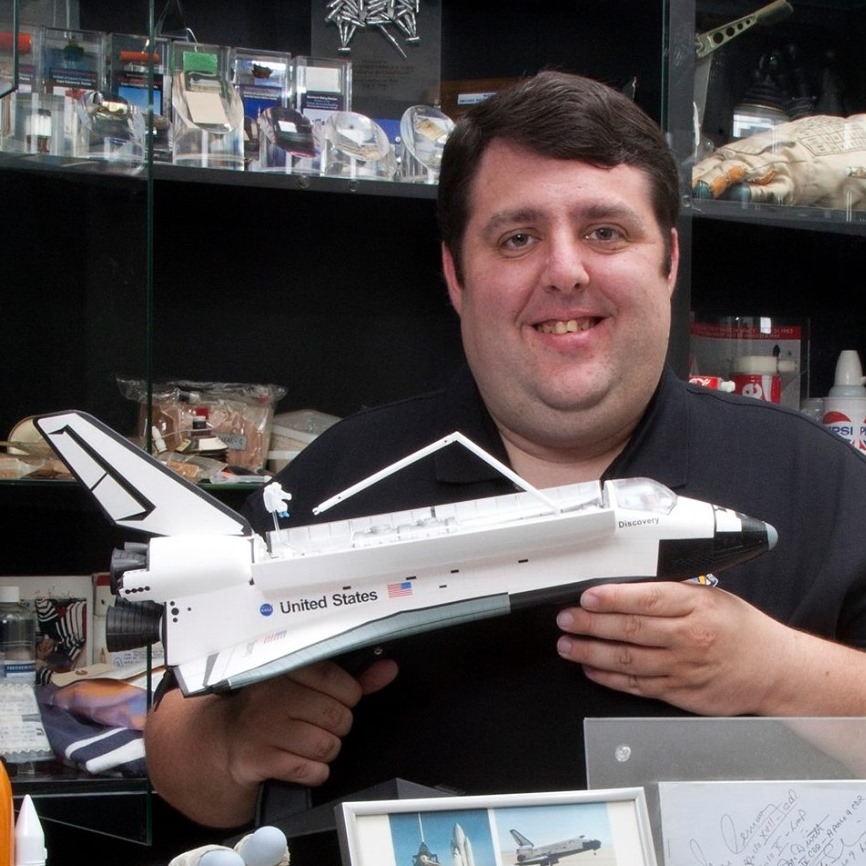
Robert Pearlman is a space historian, journalist and the founder and editor of collectSPACE.com, a daily news publication and community devoted to space history with a particular focus on how and where space exploration intersects with pop culture. Pearlman is also a contributing writer for Space.com and co-author of "Space Stations: The Art, Science, and Reality of Working in Space” published by Smithsonian Books in 2018.In 2009, he was inducted into the U.S. Space Camp Hall of Fame in Huntsville, Alabama. In 2021, he was honored by the American Astronautical Society with the Ordway Award for Sustained Excellence in Spaceflight History. In 2023, the National Space Club Florida Committee recognized Pearlman with the Kolcum News and Communications Award for excellence in telling the space story along the Space Coast and throughout the world.
You must confirm your public display name before commenting
Please logout and then login again, you will then be prompted to enter your display name.

